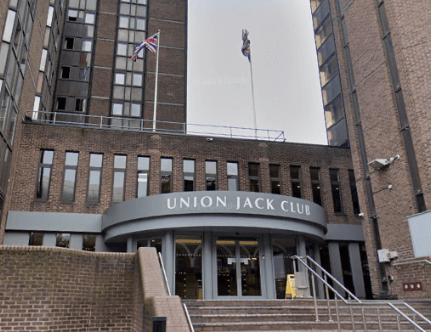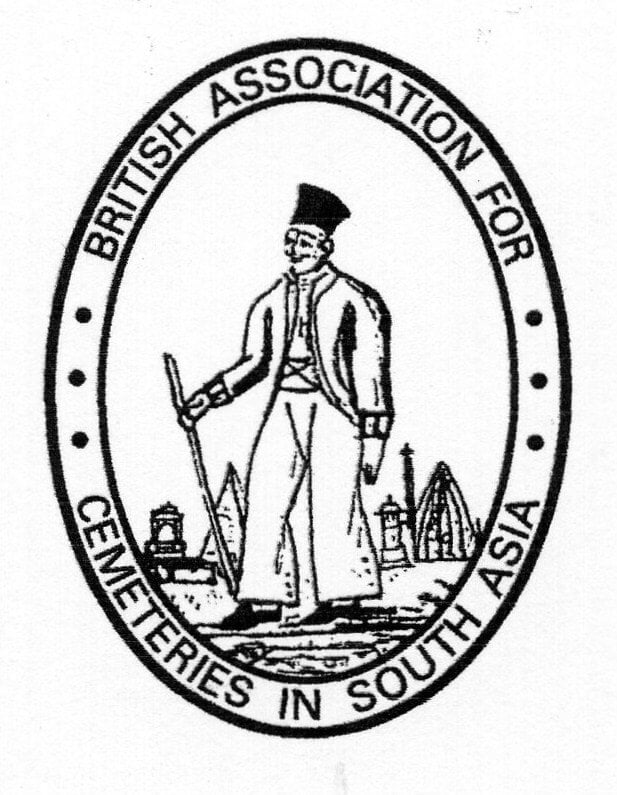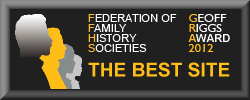
FIBIS Blog
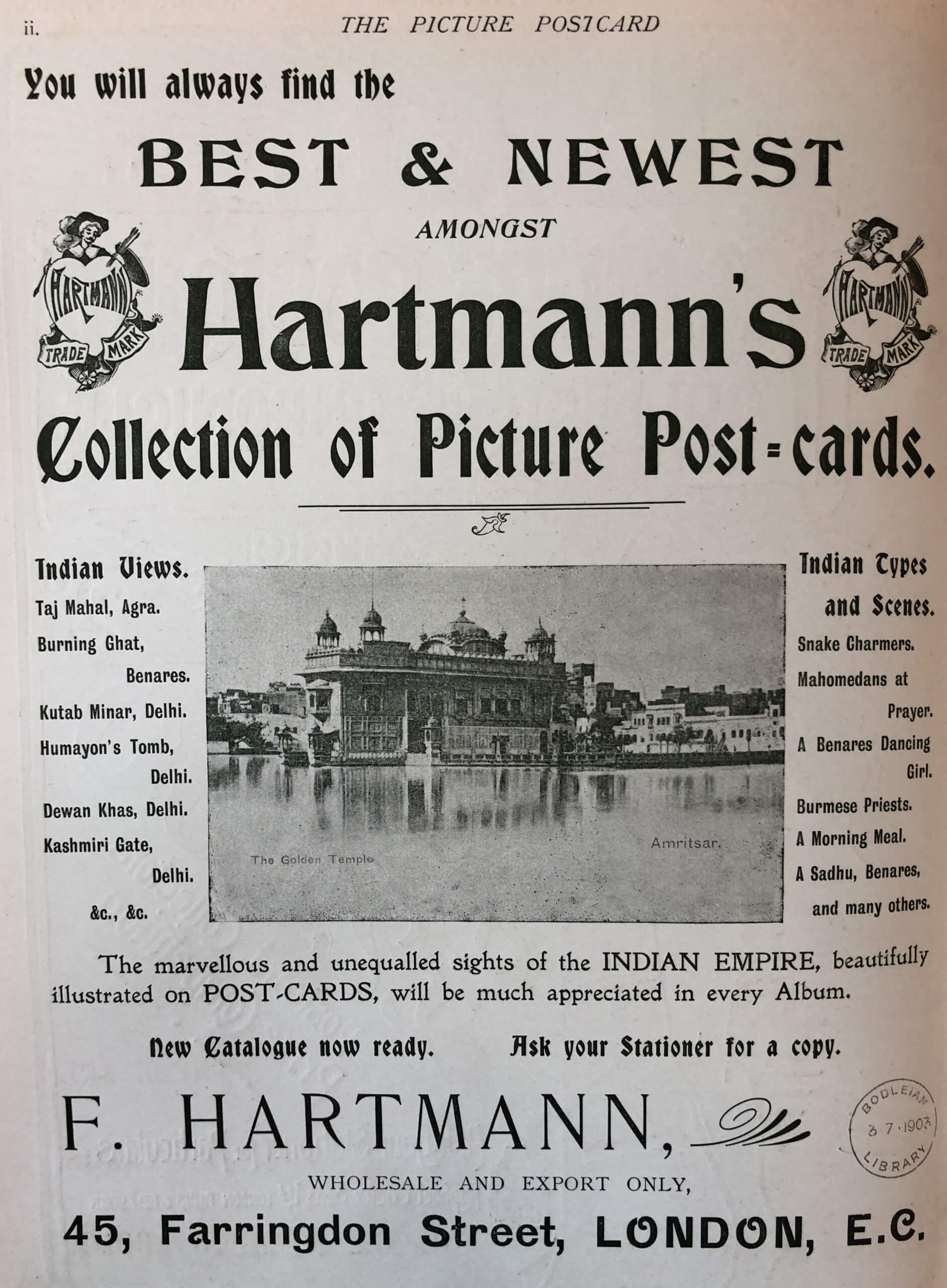
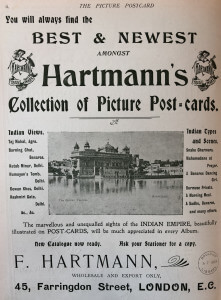
It felt good to be able to attend the FIBIS conference in Oxford last month after all the recent doom and gloom. To meet up again with my fellow trustees and to also spend time with others who shared my interest in family history in India was exciting and I very much enjoyed the variety of informative and interesting lectures that were provided over the three days.
Of particular personal interest to me was Omar Khan’s presentation of Postcards from the Raj and I was delighted that he joined us via zoom from his home in the USA. As many might know Valmay Young and I started the postcard project on the fibwiki – gathering together images that showcased what life was like in the India of our ancestors and which might also fill gaps created by a lack of family photographs. (May I take this opportunity to appeal to any of you who have such postcards to consider contacting us so that scans of them might be added to the project)
Omar and I have met on a number of occasions and his knowledge of the history, photographic and publishing processes of these early cards is second to none. His personal collection is huge and his presentations always differ and are visually stunning. However, on this occasion, the talk had an unexpected result as Omar gave mention to the publishing firm of Hartmann’s – which was based in London around early 1890s to 1909 – initially at 22 Tower Street and then at 45 Farringdon Street. Although based in London, Hartmann’s produced a wide variety of postcards and many were images of India – as the advert used by Omar in his presentation and reprinted above shows.
In fact, Frederick Hartmann is a big name in the postcard world as he is credited with the introduction of the divided back postcard. Before 1902 there was no space to write personal notes on postcards as the image was on one side and the address on the other. However, Hartmann promoted the idea of dividing the back so that some news could be added – soon postcards became the Instagram or twitter of the Edwardian era!
Coincidently, some six months previous to the FIBIS conference I had been approached by a FIBIS member who is also interested in postcard collecting. He had read that Hartmann had been linked with the indigo trade and he wondered if there was , therefore, a link with India as he could not trace Hartmann in UK records before 1890s. It is well known that Hartmann’s later partner in postcard publishing, Christian Linck, had traded in Calcutta – could the two men have met there?
Linck had been easy to track as there is a lot of information recorded about him – including a child’s baptism in Calcutta in 1887. However it seemed Hartmann did not marry or have children. Where to look? As British India family historians know, Thacker’s directories are the first port of call for anyone looking for European Residents in India and it did not take long to find mention of an F Hartmann working in Calcutta for the firm of Cohn Bros & Fuchs, later G Steinhal & Fuchs, between 1879 and 1884. This latter company had a branch in London not far from Tower Street where Hartmann had first established his UK business. Could he have transferred there? Certainly the Hartmann in India disappeared from the Indian directories some time before we found a Frederich Hartmann appearing in London. Coincidence was strong – but that last link was missing.
Omar’s presentation had made me want to finalise this research and I contacted him. He generously shared a published interview with Hartmann – which confirmed the indigo link and gave some details about the creation and running of the postcard business. It was all so fascinating and I got back to thinking hard and doing further online searches. Eventually I discovered an online edition of the 1891 London Post Office directory on googlebooks which indeed confirmed that Friedrich Hartmann, indigo merchant in Calcutta was then running a business at Tower Street, London.
Wow! Just took two words “in Calcutta” to confirm my story of a man who came to London from India and later instigated a pivotal movement in the history of the picture postcard.
(In passing I have been unable to identify Frederick/Friedrich Hartmann in 1901 and 1911 census – if anyone can help please get in touch|!)
Talking to family historians, academics, and others with an interest in British India and sharing our knowledge is at the heart of FIBIS and we are lucky to have the opportunity to do this and to acquire a greater understanding about the lives our ancestors lead. I urge you to all watch the videos of the conference talks when they become available for members – each one is excellent. Also do put Omar Khan’s wonderful book “Paper jewels – postcards of India “– high on your Christmas list. It is beautiful – and it may even assist in knocking down a brick wall for you.
Beverly Hallam
FIBIS Research Co-ordinator.

